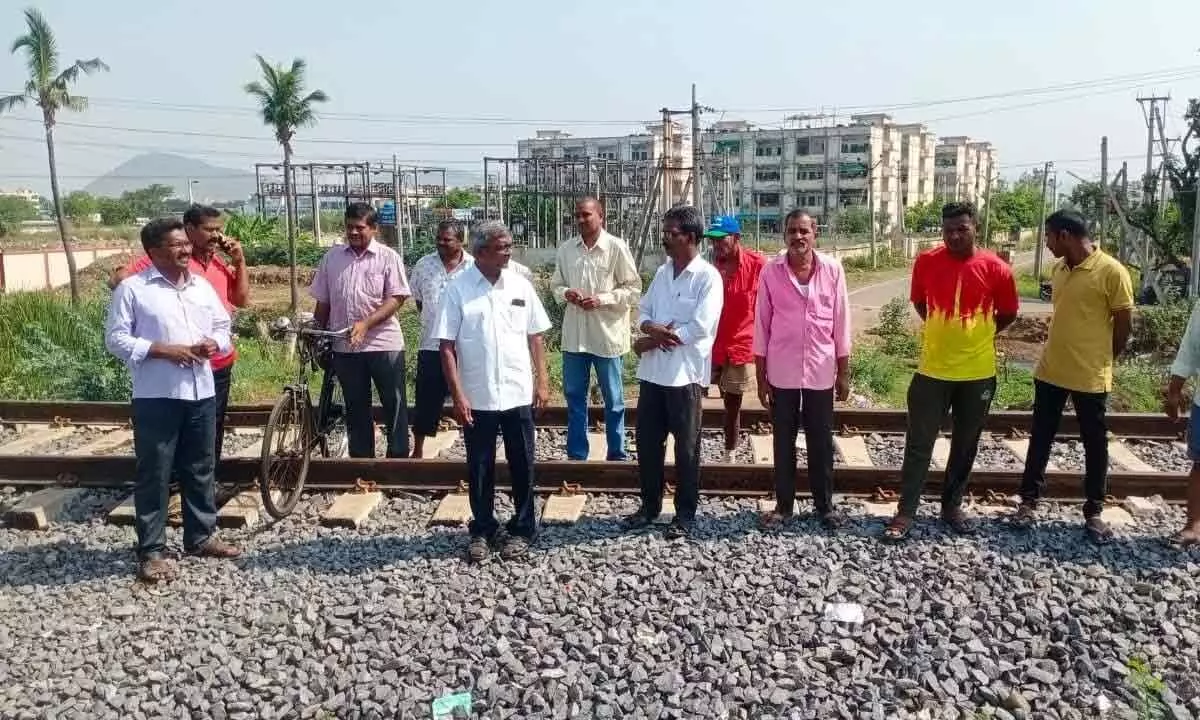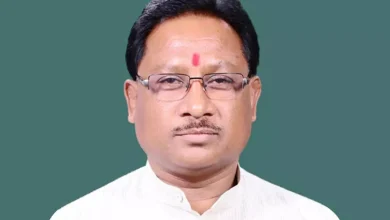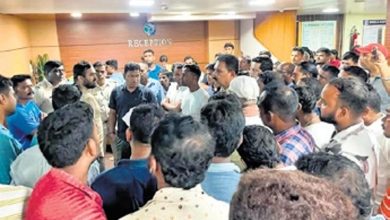Tribal artists demand support from the government

The Janjati Bhagidari Utsav started today at Sangeet Natak Akademi, with tribal artists from Uttar Pradesh (UP) and from all over the country participating in the one-week festival. This program celebrates Janjati Gaurav Diwas, commemorating the anniversary of the birth of activist for the independence of tribal India Birsa Munda.
The program started with a march from 1090 crossing towards Sangeet Natak Akademi, with all the artistes who had traveled from various parts of the state and the country to perform in this event. Nearly 20 groups of tribal artists have come together here to showcase 30 different types of music and dance during the next seven days, representing 17 states, including Odisha, Rajasthan, Jammu and Kashmir, Chhattisgarh, Assam, Nagaland, among others.
The inauguration event contained the presence of the Minister of State of Tourism and Culture, Jaiveer Singh, the secretary principal of the department, Mukesh Meshram, and the minister of State and secretary principal of the Department of Welfare Social, Aseem Arun and the Dr. Hari Om, respectively, among others. Each one of them emphasized the importance of preserving these art forms and platforms like this event. According to Singh, tribal cultures have always contributed to a great extent to the integrity of natural resources and their habitats, and it is time for state governments to improve them.
Shamshaad Baharupia of Rajasthan, with bright pink paint on his face, beard, false mustache and glasses without lenses placed on his nose, traveled to show his art at this event. “My father and my grandfather were also polygamous, but my sons will not be,” he said. “The local artistic arts as they are are disappearing into oblivion”, he explained. “If our governments do not support our art and do not help keep it relevant, we have no hopes of earning a living with our actions”, added Shamshaad.
Deepak Jal of Odisha, here with his group of 15 members to interpret Dhalkai dance, also echoed these opinions. That said, for each one of the artists in his group, this form of dance was his only source of income. “Not only ours, but almost all the tribal folkloric styles, dances and musical forms are on the verge of extinction. “Most of the people in UP will not have heard of Dhalkai Baile, whereas at home everyone knows who he is”, he said.
“Getting involved in the arts is an excellent way to keep young minds occupied and active”, said Saneer Rajput of Jammu and Cachemira, who is here to showcase Gojari dance, popular in his part of Cachemira. “Let’s realize this dance in every happy occasion, whether it is a familiar function or the first harvest”, he explained. Raazi Taheed, the director of this group, contributed: “National level events like these are one of the best ways in which we can keep our popular art forms alive.”
In addition to the shows, the area where the open air stage is installed is also full of merchandise stands selling local crafts, such as articles and masterpieces made of terracotta, forged iron and bamboo. This event, with new dance forms lighting the stage all day, will continue until 8 p.m. m. every night during the next seven days. At night, as many artists as the public filled the venue, fascinated by the acts that many had seen for the first time.





